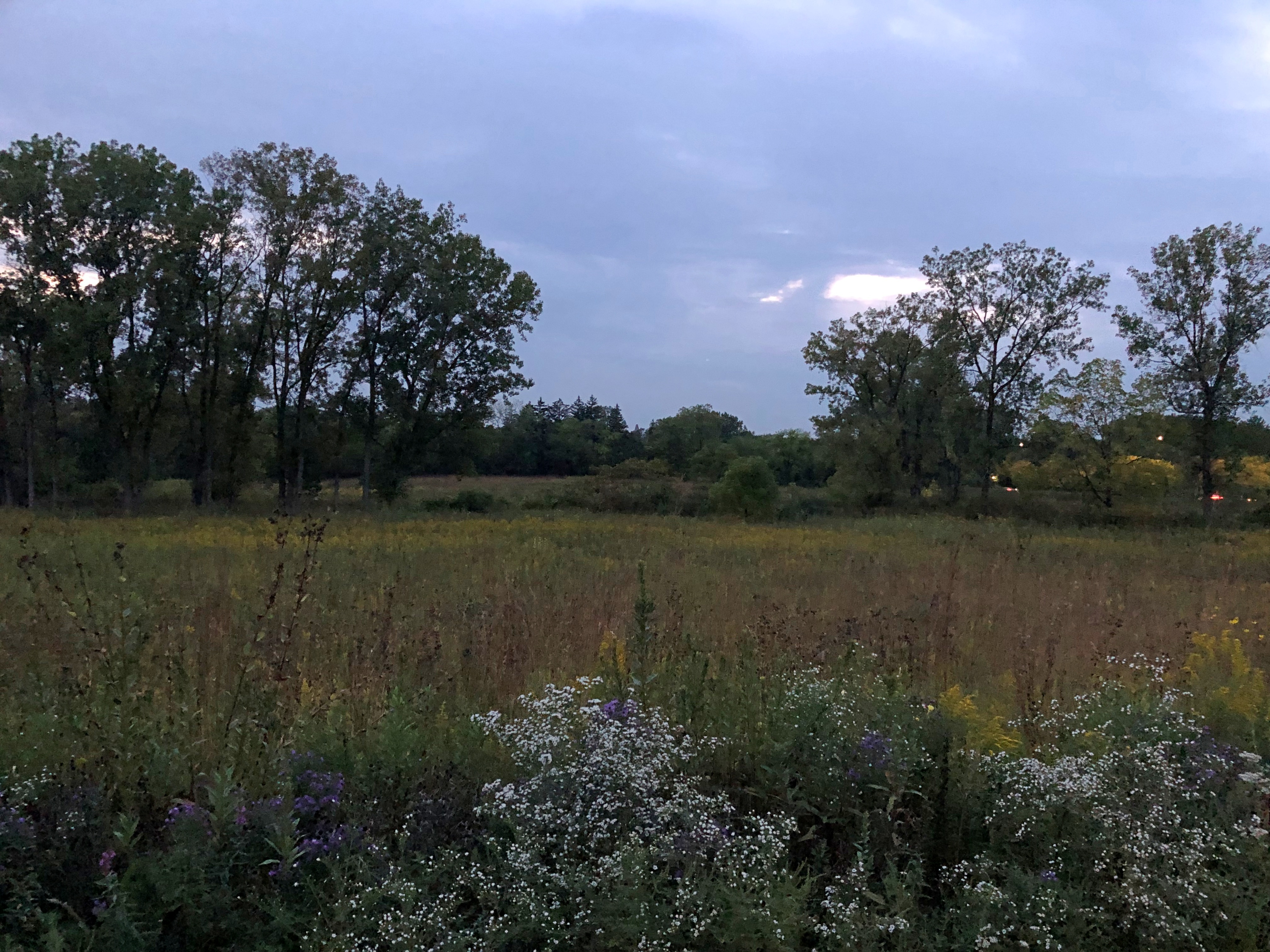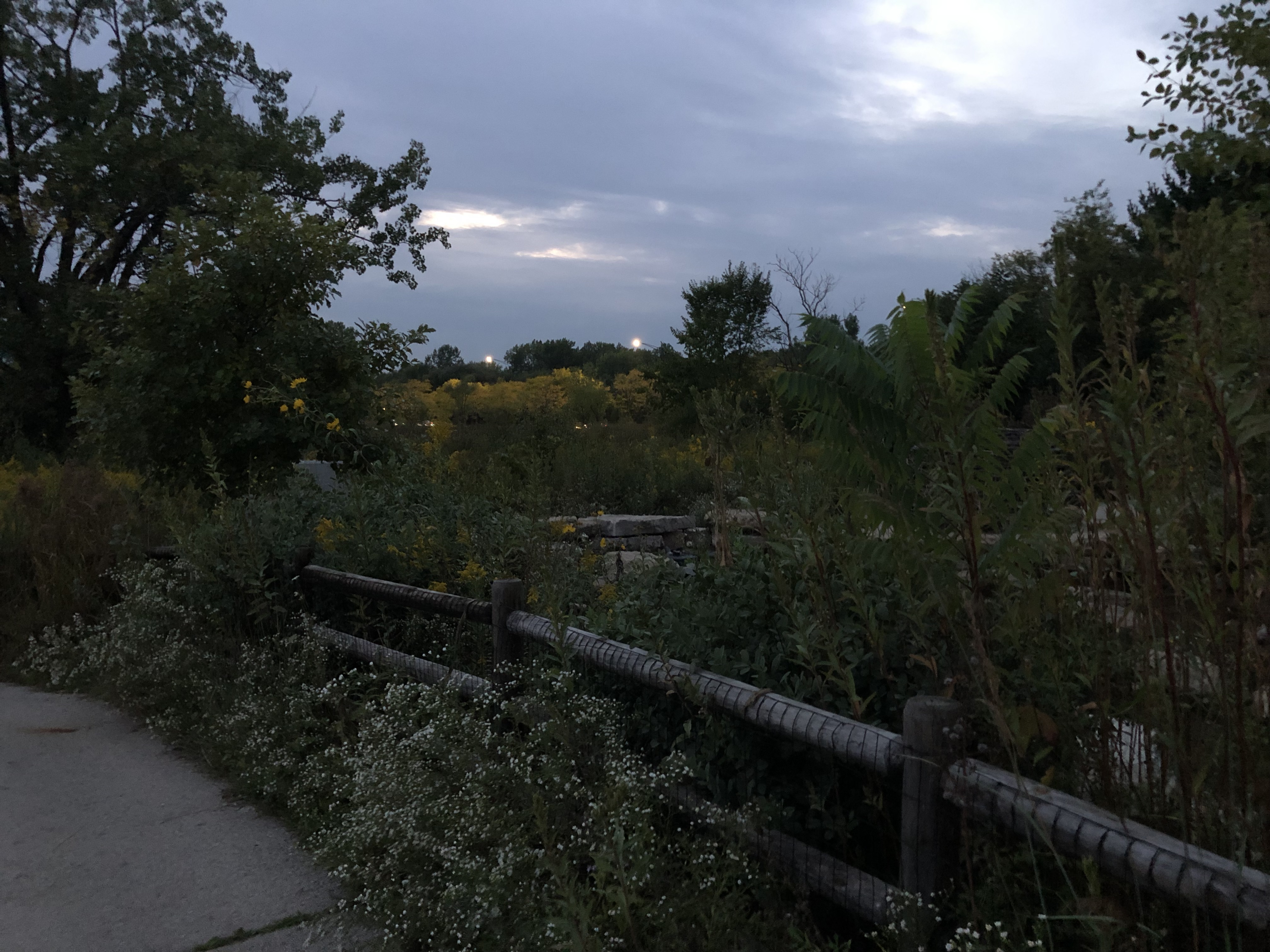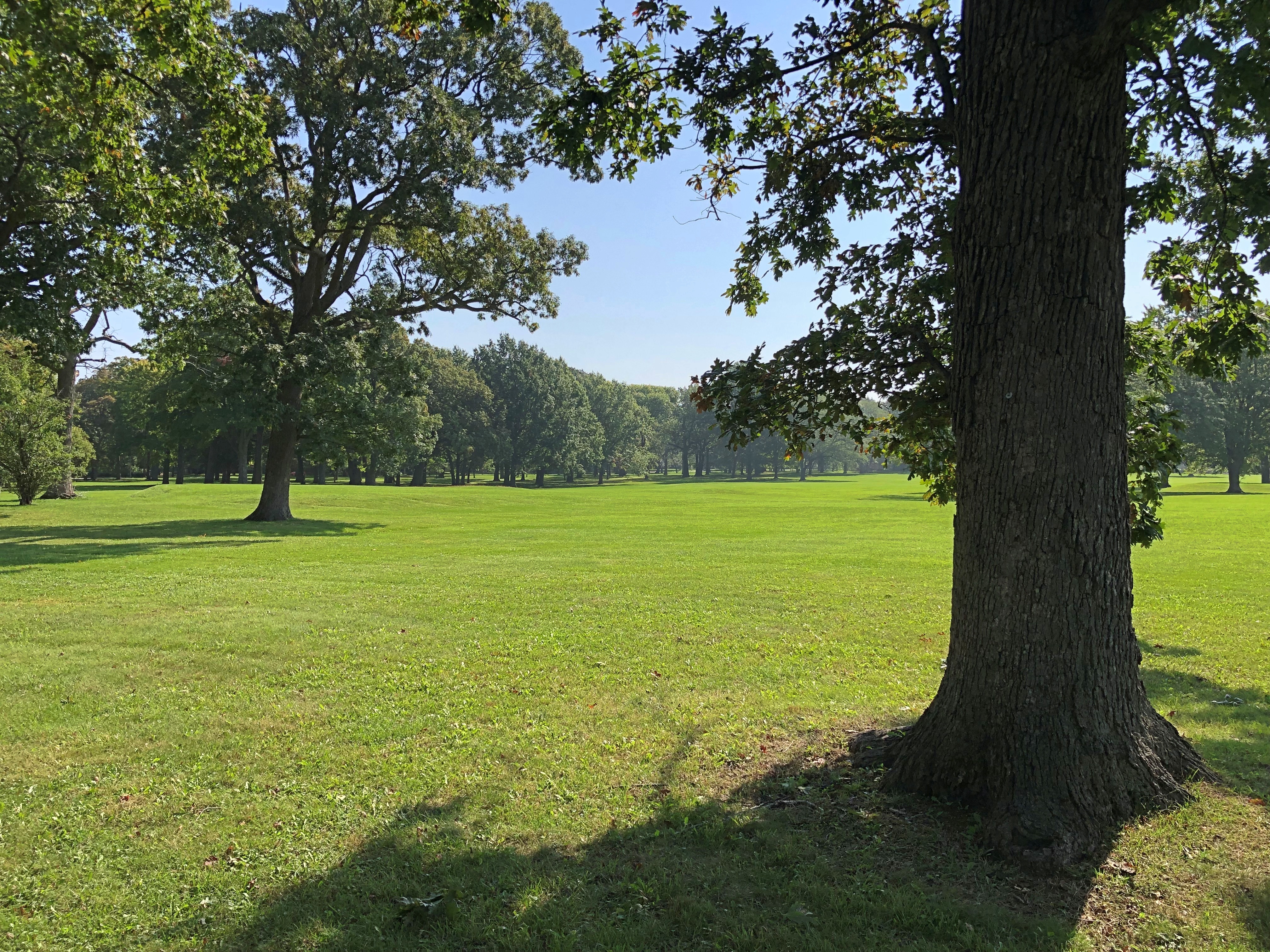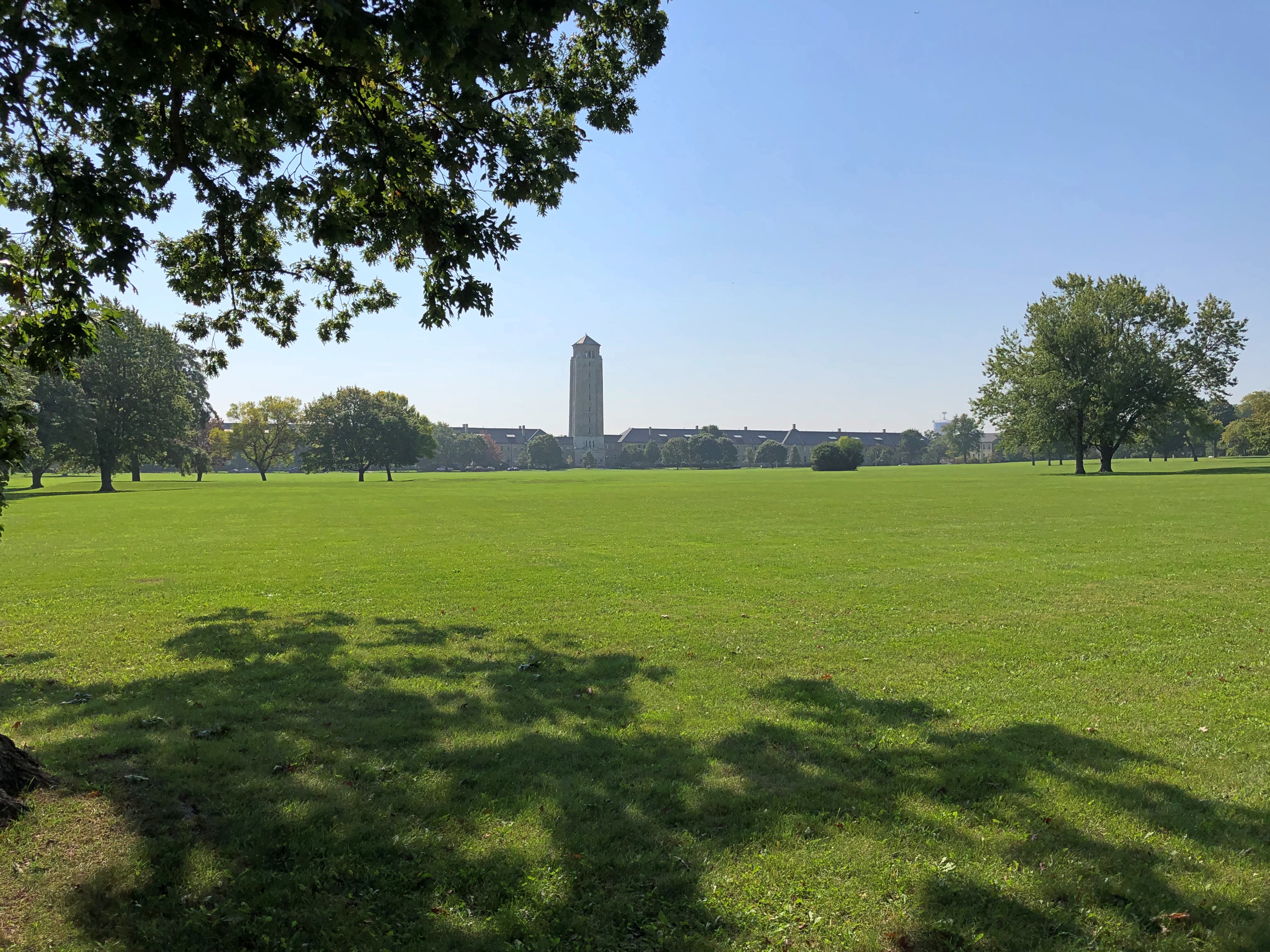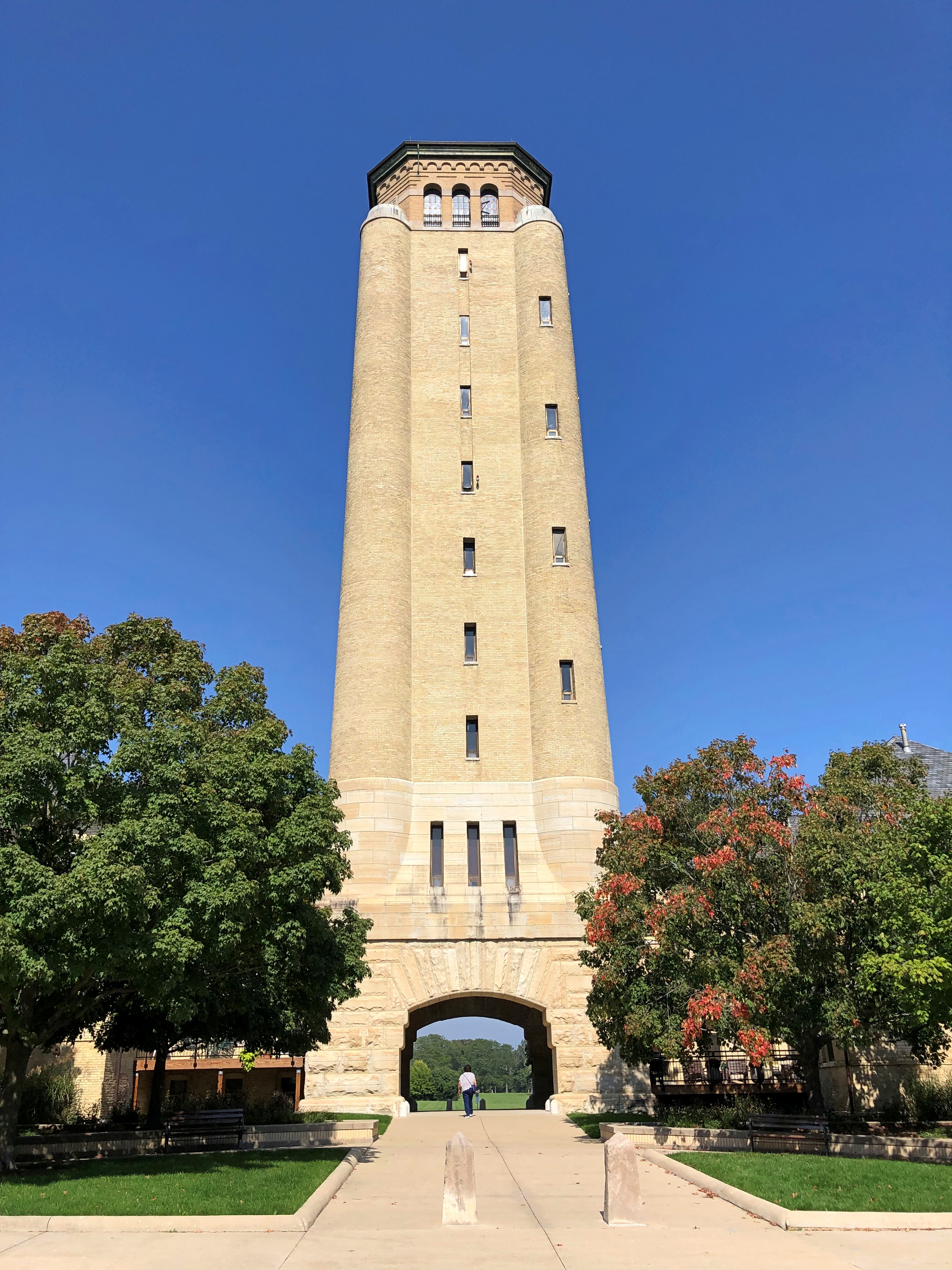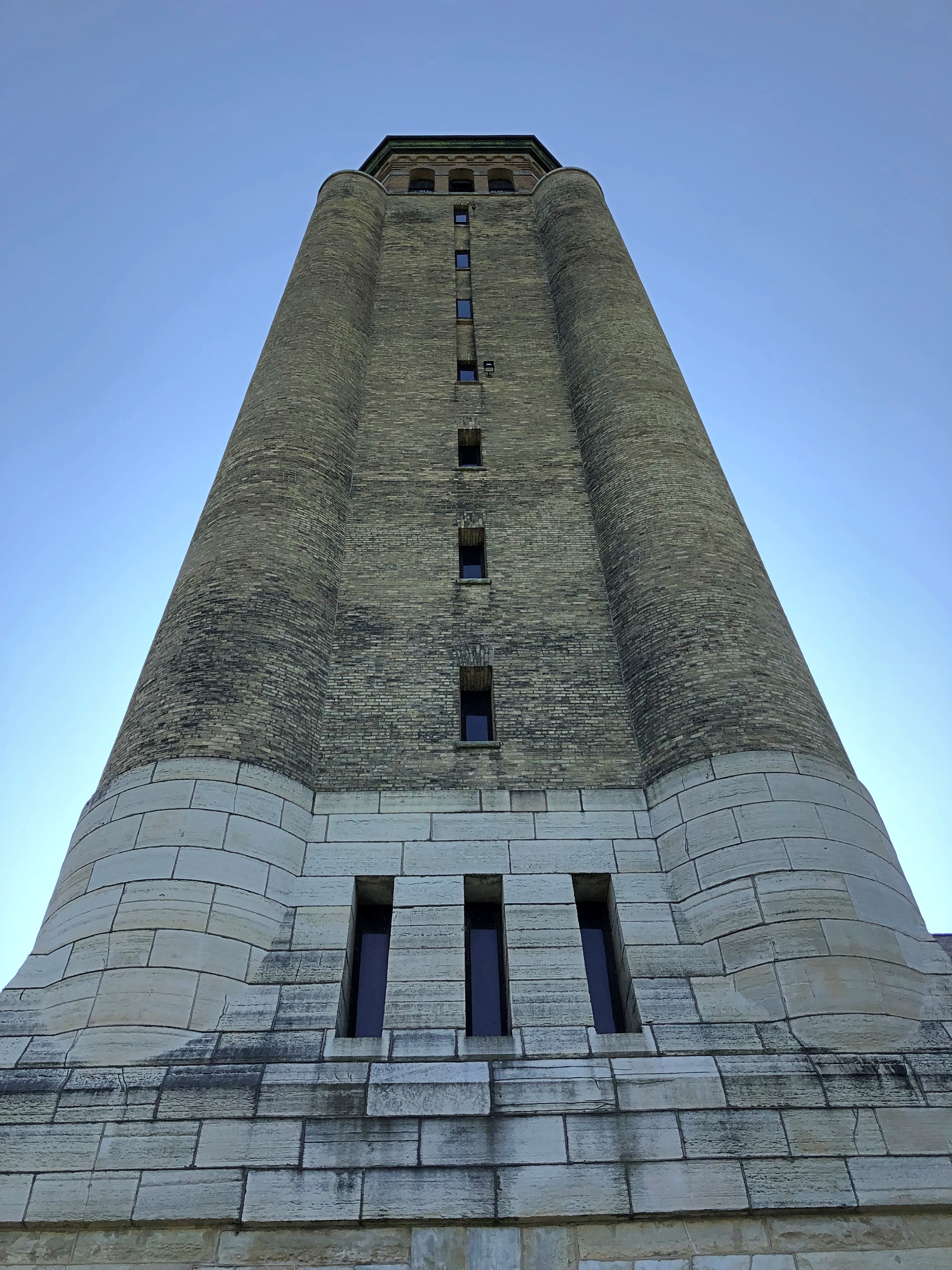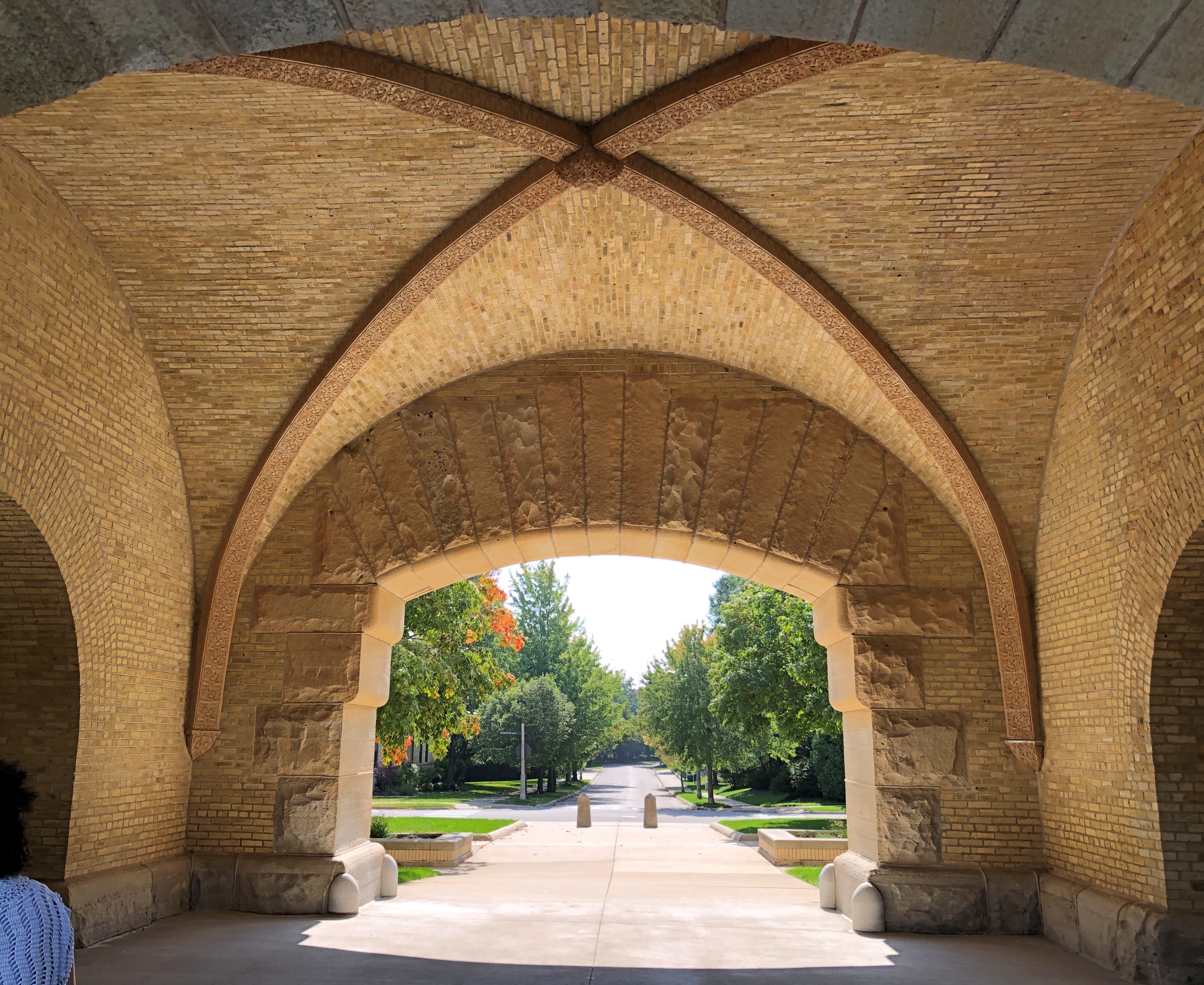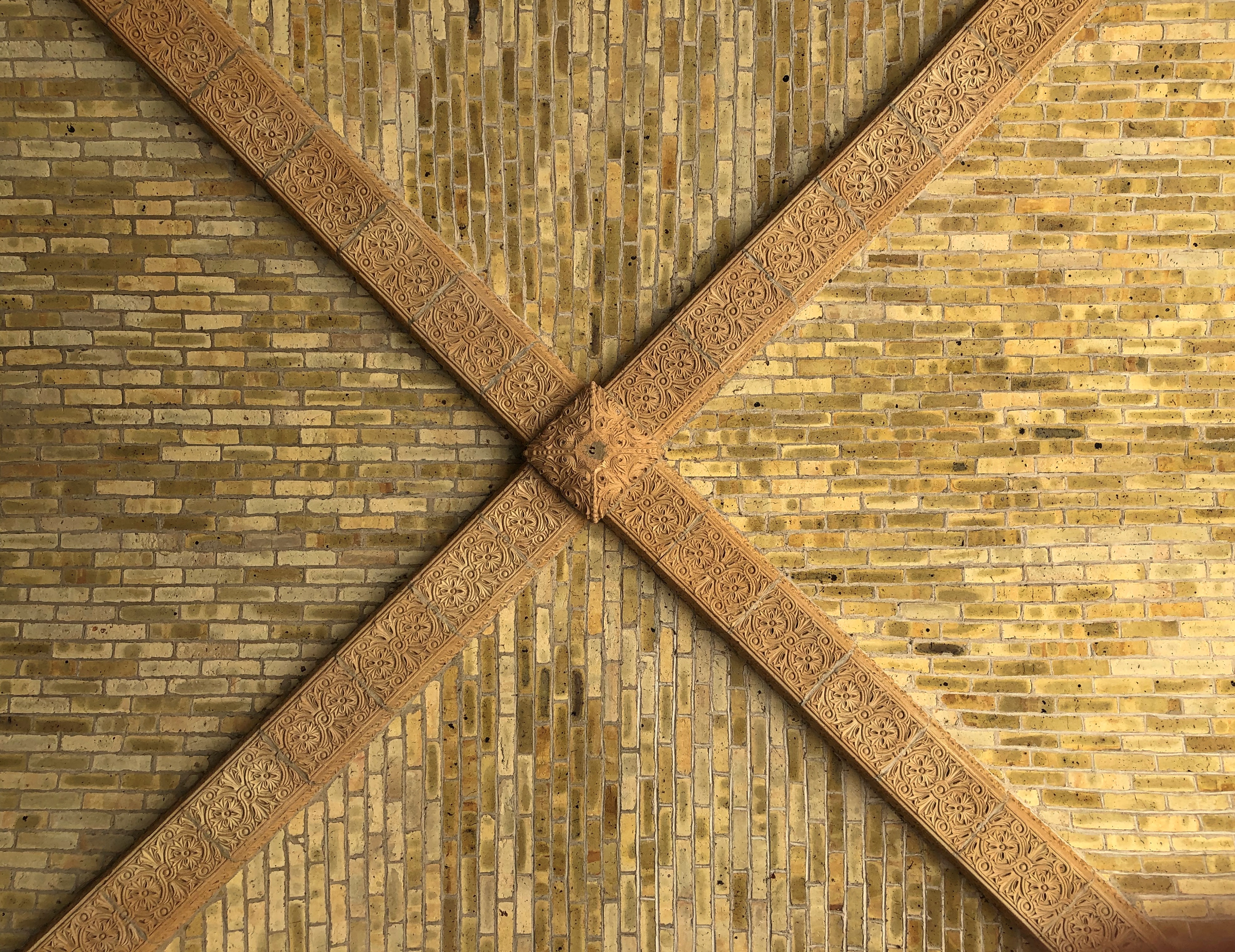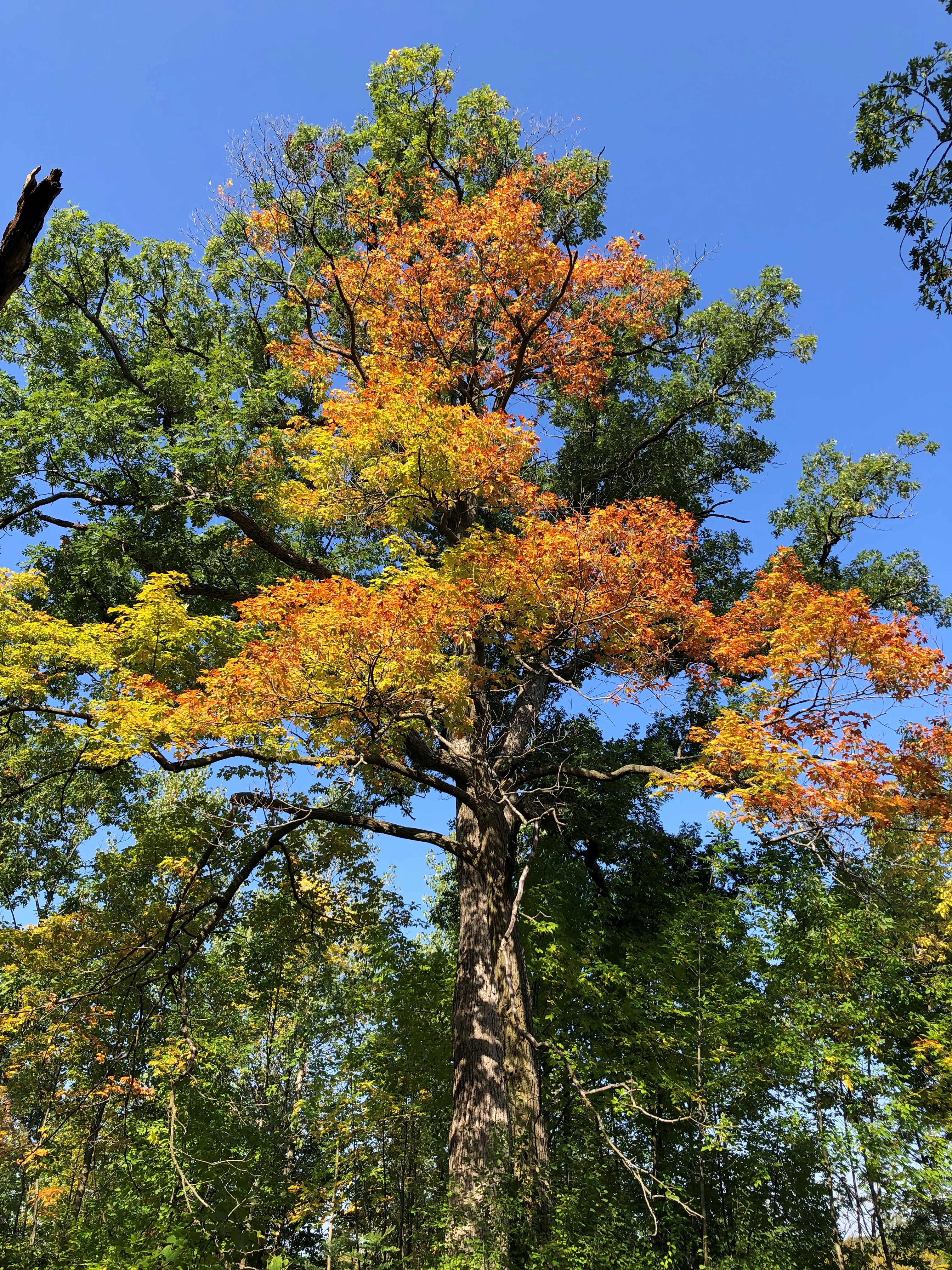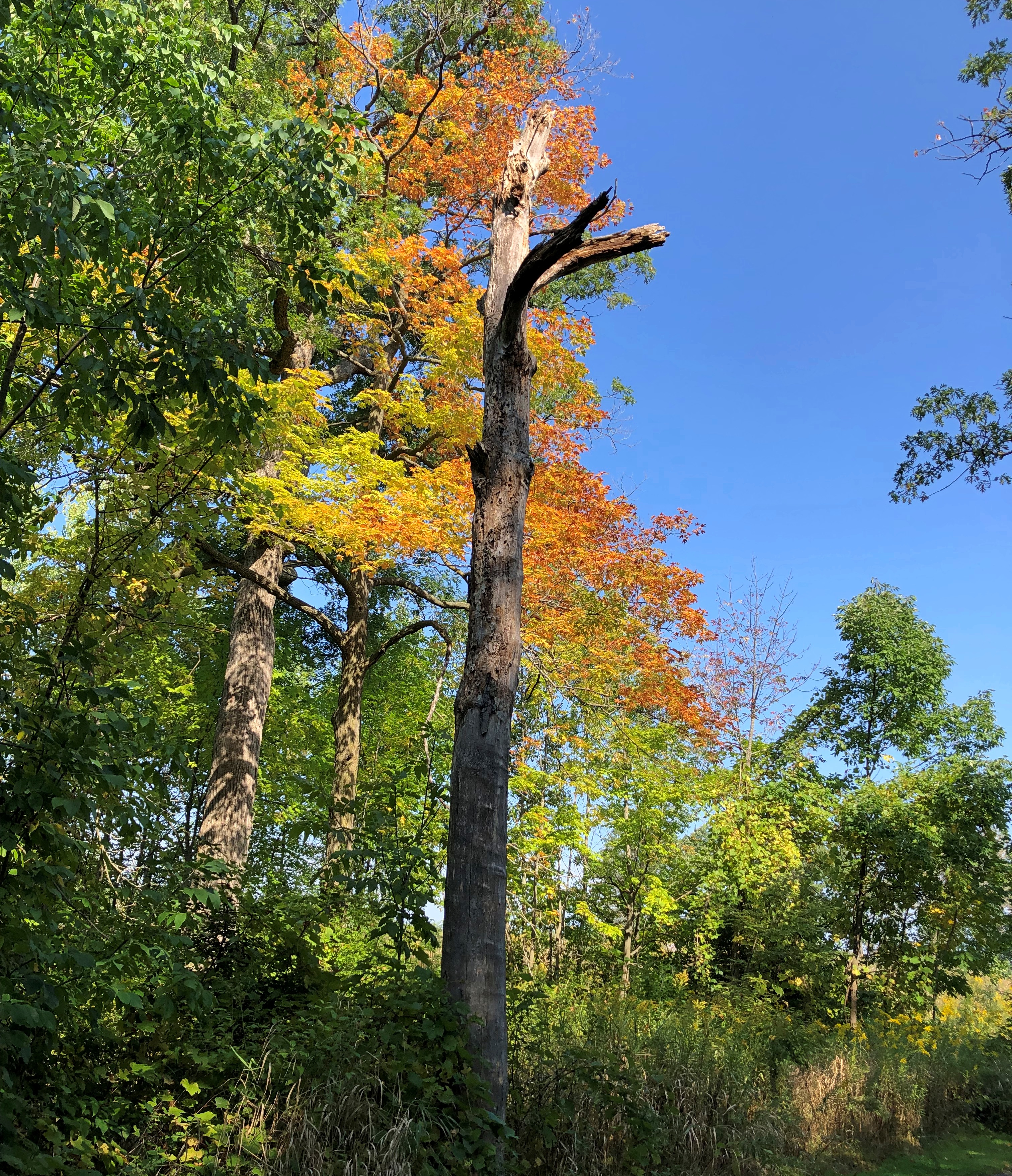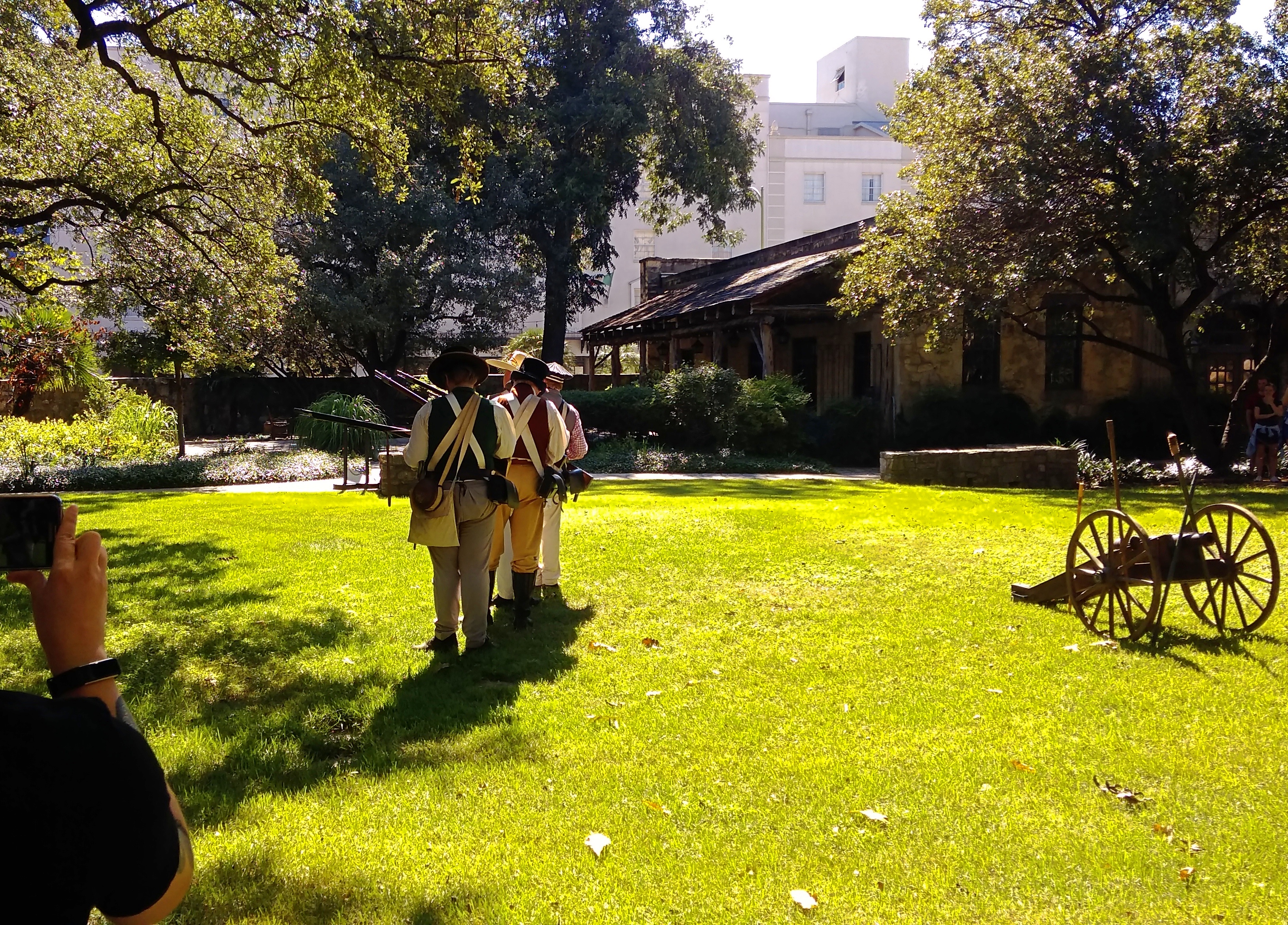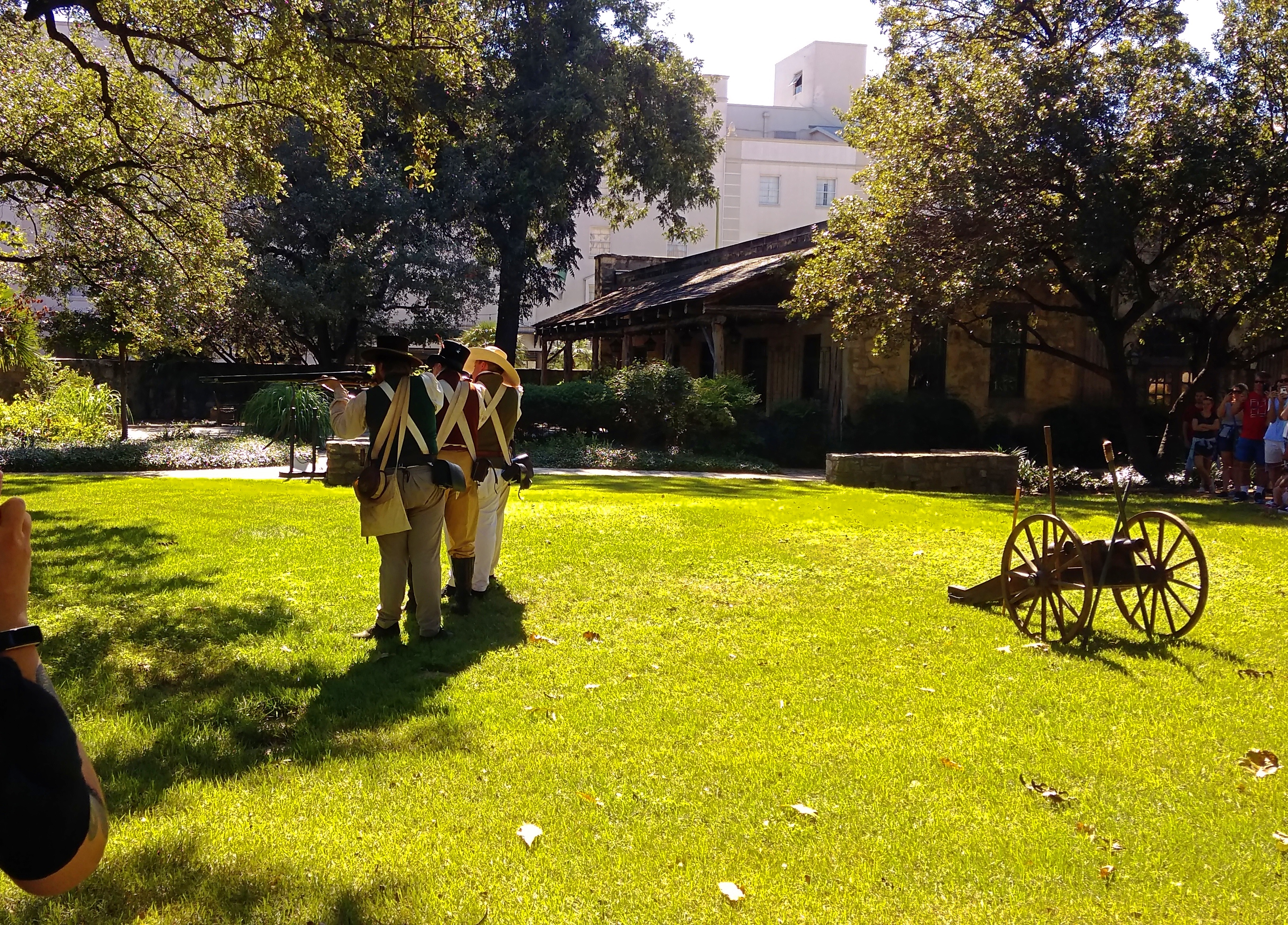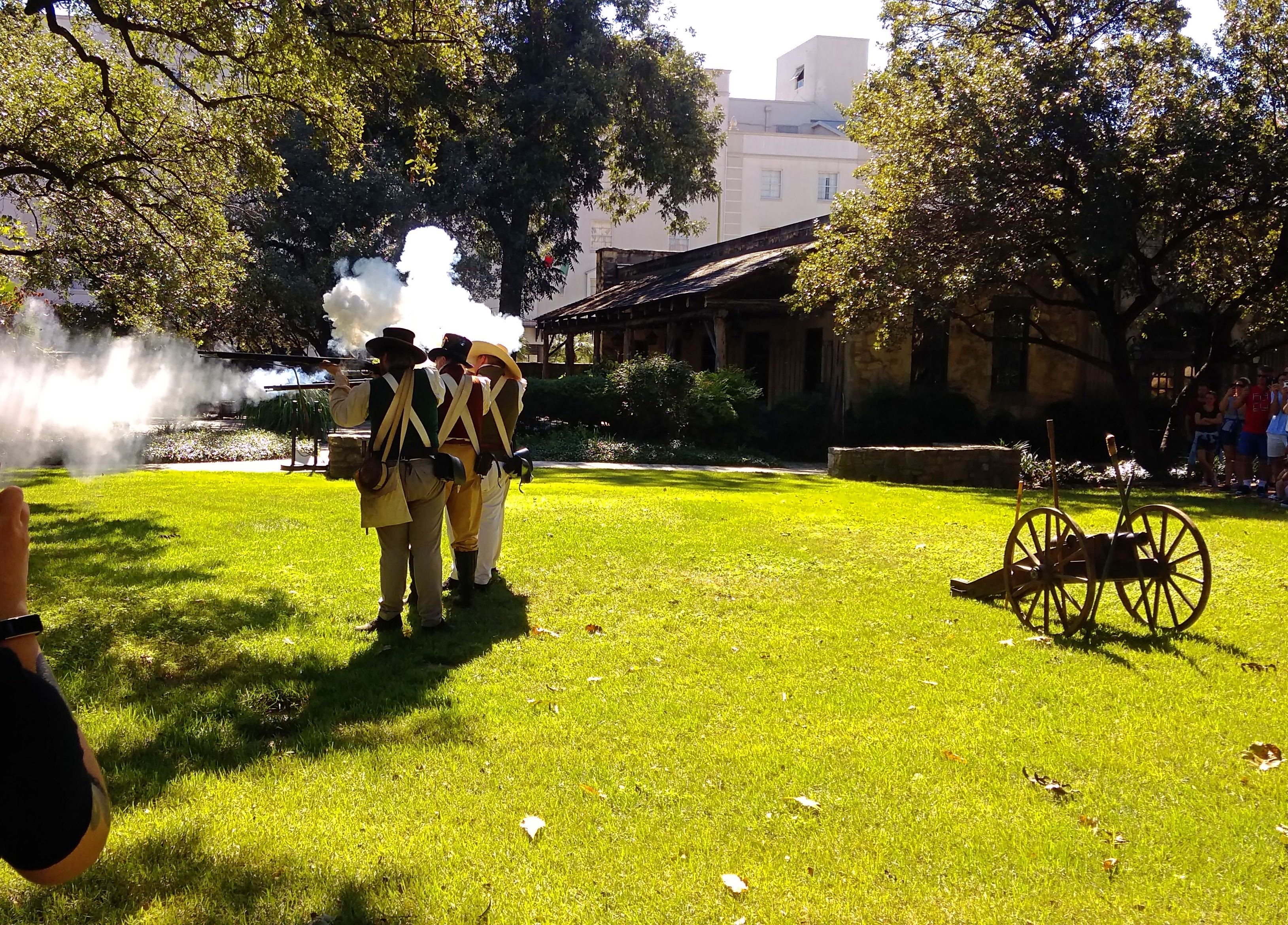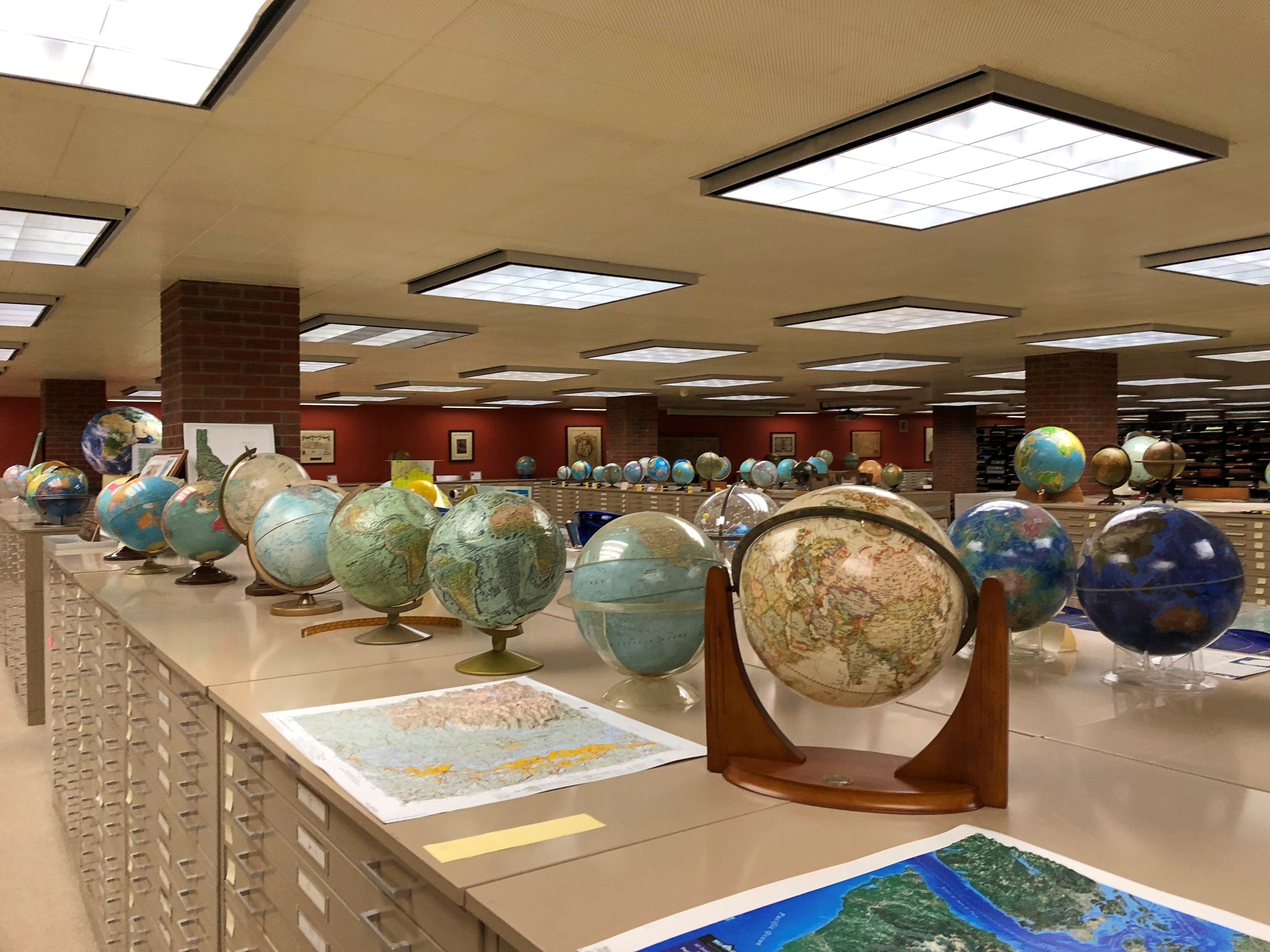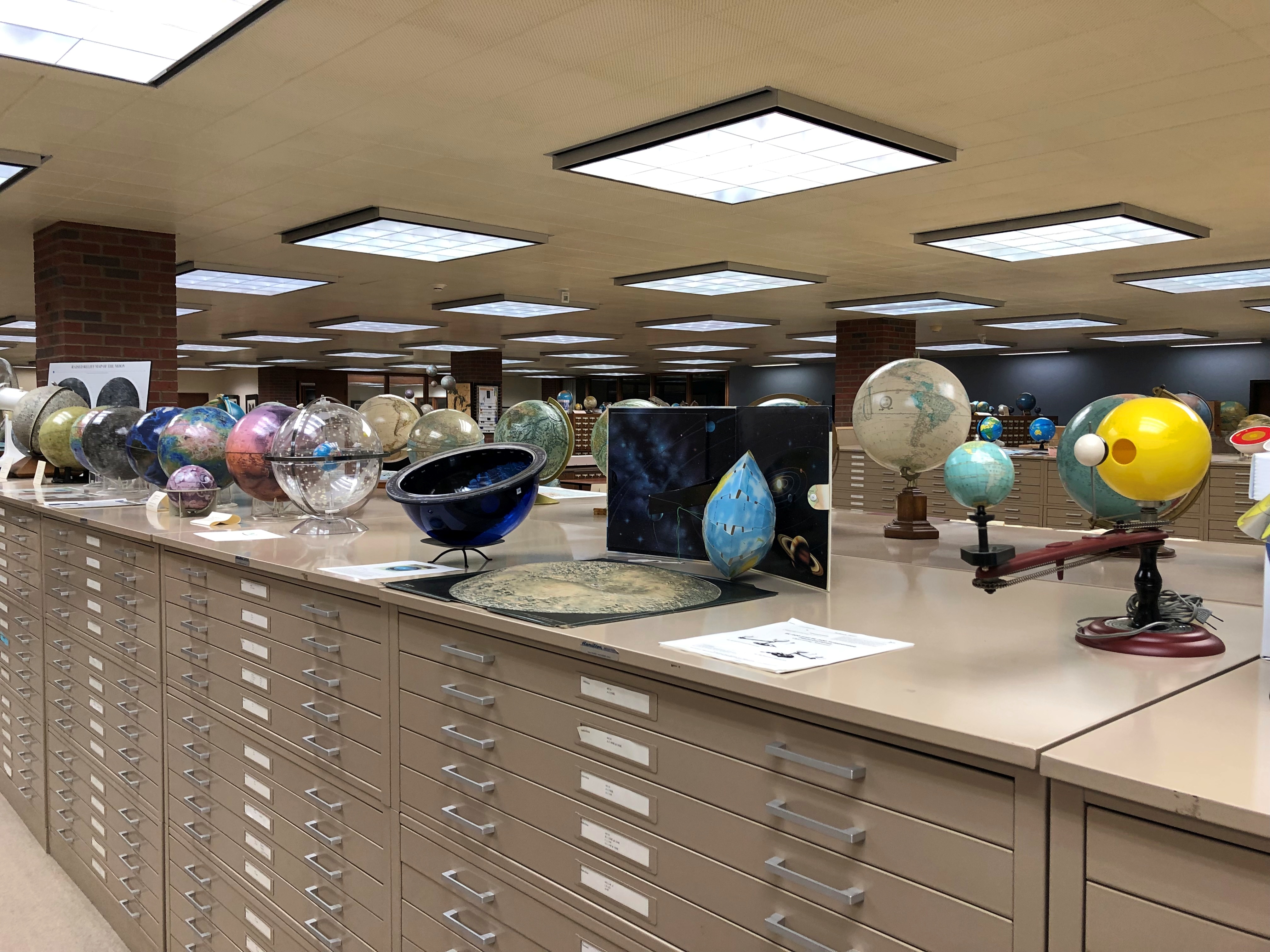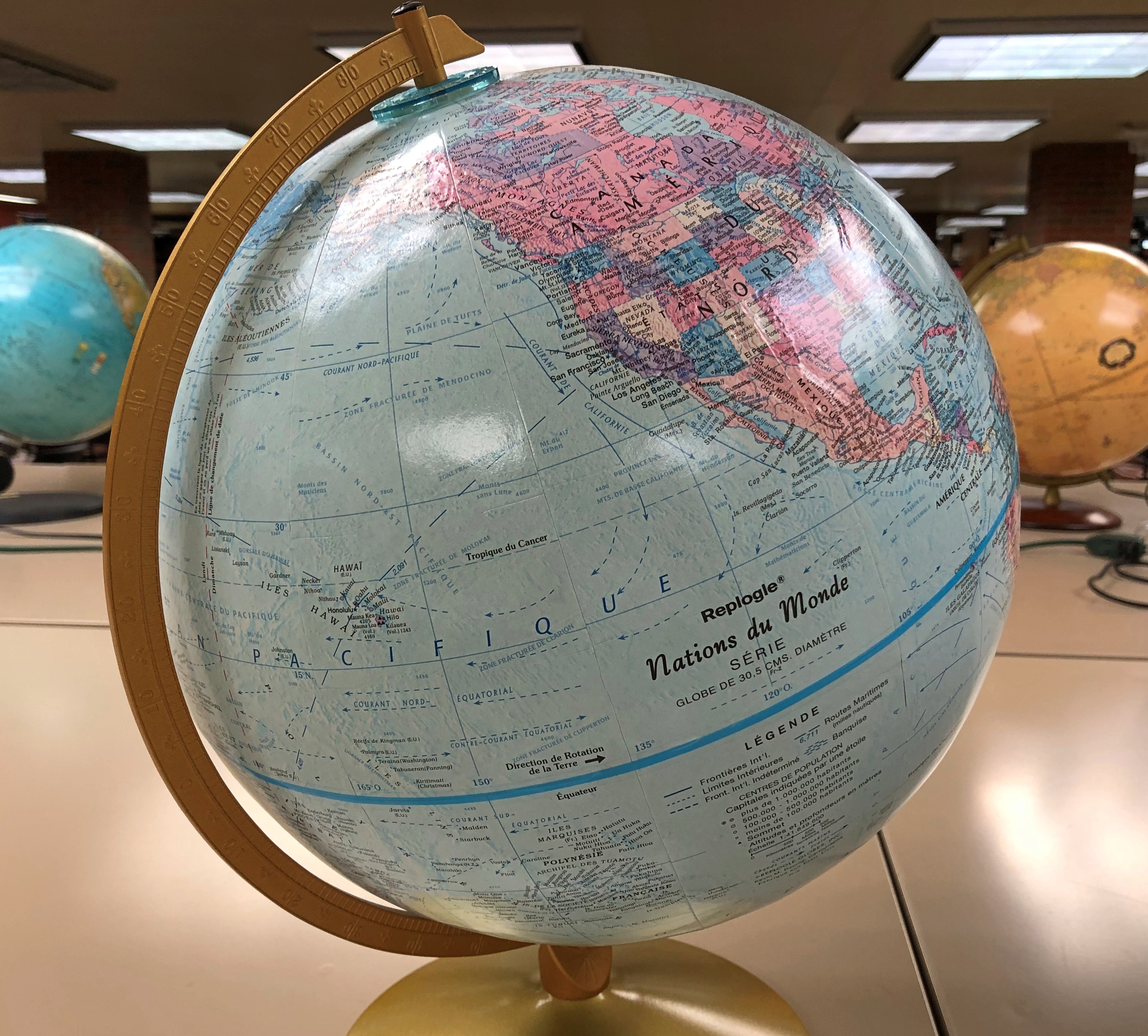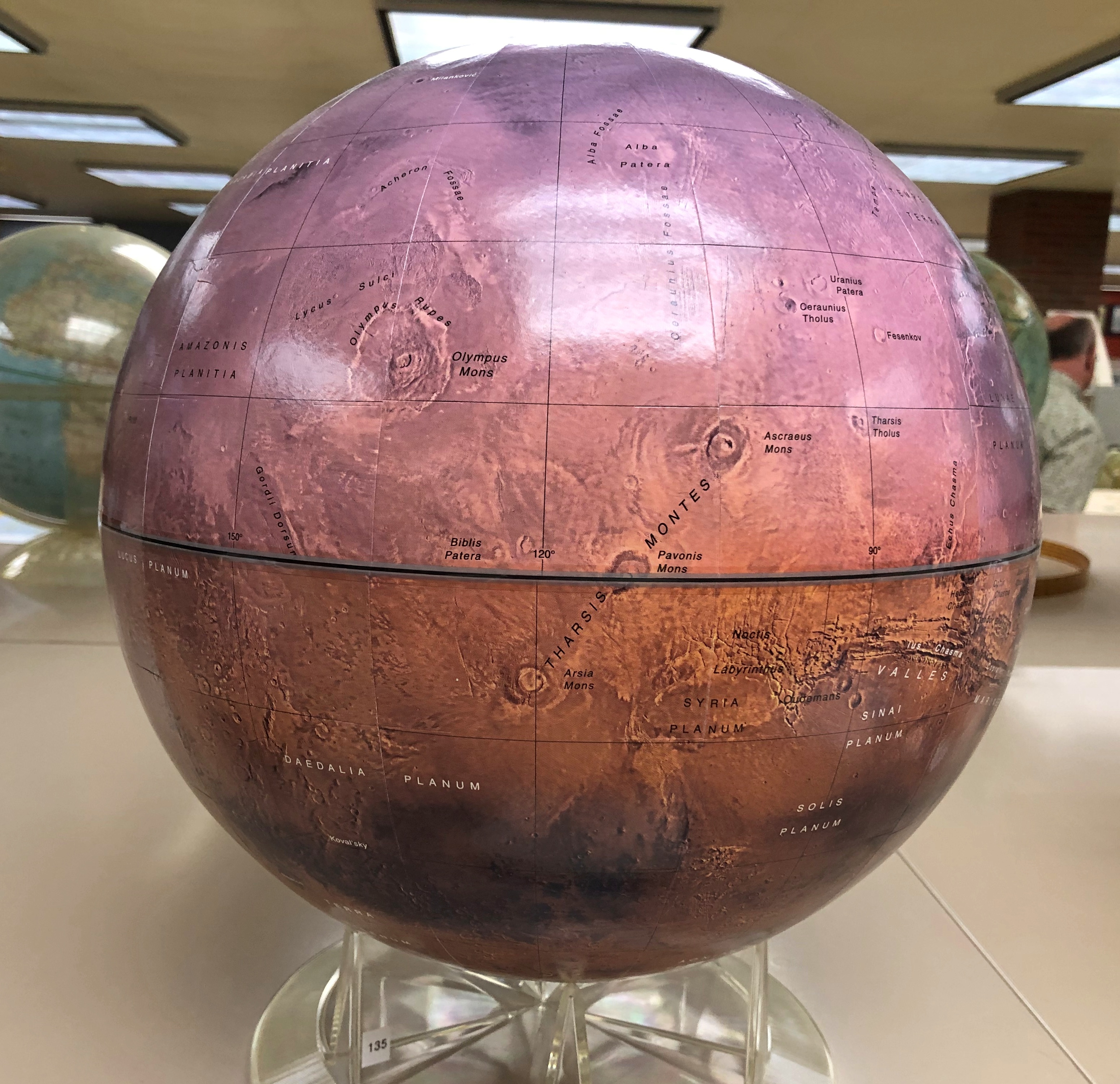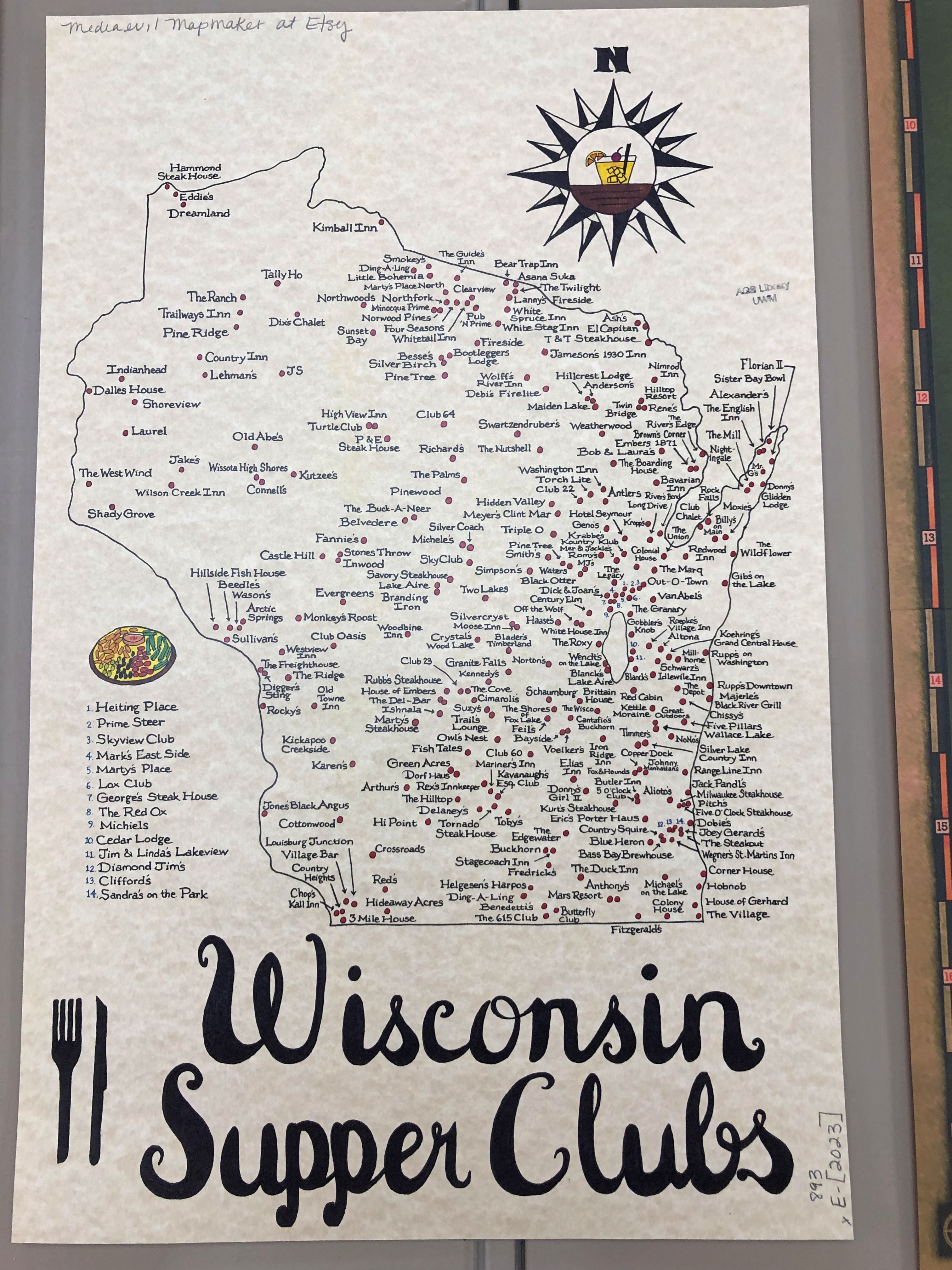From the Department of Not My Beat, excerpts from a PR pitch that arrived in my inbox recently:
While the Covid-19 pandemic has officially ended, the male loneliness epidemic in the U.S. persists… AB, Founder and Executive Coach of CD, knows this struggle all too well. He was the “Mayor of the Friend Zone”… Over the span of a decade, he immersed himself in the art and psychology of male-female connection, meeting countless women all over the world while training with the most elite dating and attraction coaches…
AB is available to speak on the male loneliness epidemic, how to find success on dating online and IRL, trending news stories, and the following topics:
Logic is the Death of Romance: Many of CD’s clients come from analytical fields (doctors, engineers, software developers). CD helps them get in touch with their inner emotions that attract women — more Captain Kirk than Mr. Spock…
My eyes are a little sore, having rolled them so much reading that pitch. Or maybe that’s just a lack of empathy on my part.
Nah. Still, anyone can call him- or herself a “dating coach.” I don’t think there’s a specific NAICS code for that. (I had to check: probably 812990, “all other personal services.”) Moreover, how does one get to be an elite dating coach? Is there a series of tests, like for actuaries? Doubt it. Do dating coaches have trouble keeping a straight face when they meet each other? Could be.
Interesting to note: the Kirk-Spock yin-yang is so completely woven into the culture that no elaboration is required. But I will say that Spock got lucky a few times, too. I seem to remember a dalliance with a high-placed Romulan, though it was a ruse, and a hot woman in a cold cave. Also, as evidenced in “Elaan of Troyius,” an episode that Ann and I watched just last weekend, not even an alien space babe with love potion tears could pry Jim Kirk away from his one true love, the Enterprise.
The sorry state of romance, if that’s really the case, reminds me of an entertaining video I happened across earlier this year, one made for the song “Silent Movie” by Little Violet, using artfully edited clips from the movie The Artist (2011).
After seeing the video a few times, I was inspired to finally get around to watching the movie on DVD, which I enjoyed a lot. The leads, especially French actor Jean Dujardin, nailed it, as was widely acknowledged. Take him back in time 100 years and he could have been a silent movie idol.
As for the video, it manages to loosely tell a rather different story than the movie did, and listening to the song without the video isn’t as good an experience. The British label Freshly Squeezed calls Little Violet a “retro pop piano-playing chanteuse and band.”
The Little Violet lead singer is one Cherie Gears, which AMV Music – a music booking agency based in Newcastle, England – describes as a “Yorkshire Wedding Singer Pianist.” Quite the voice.








